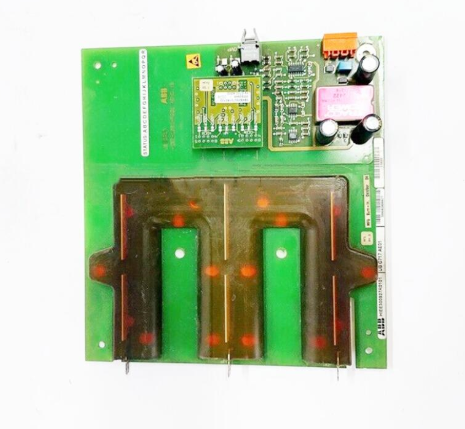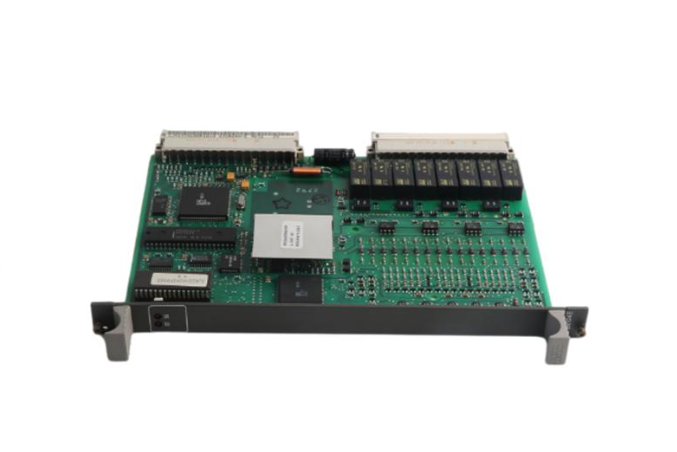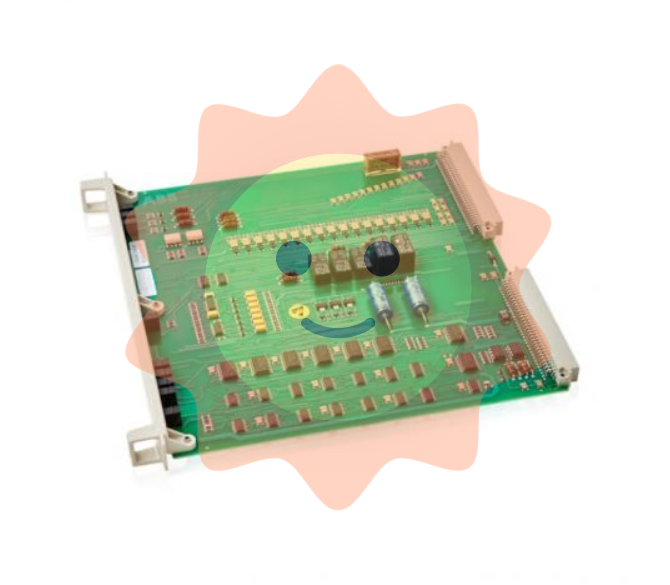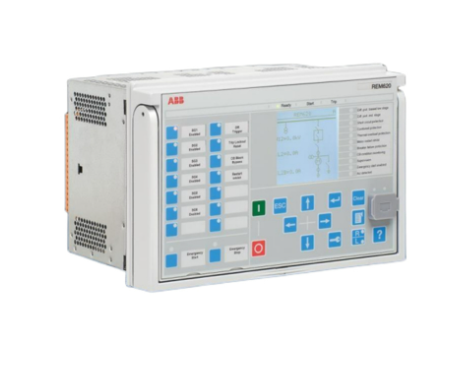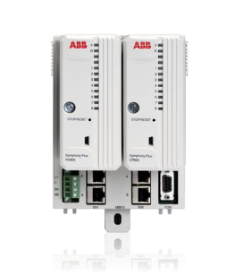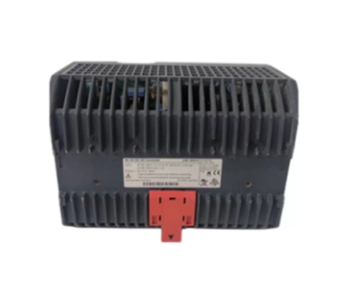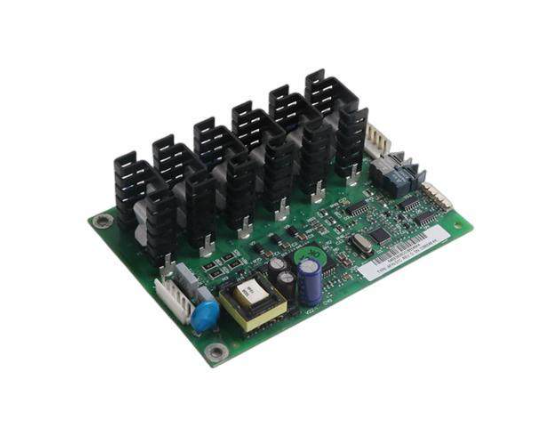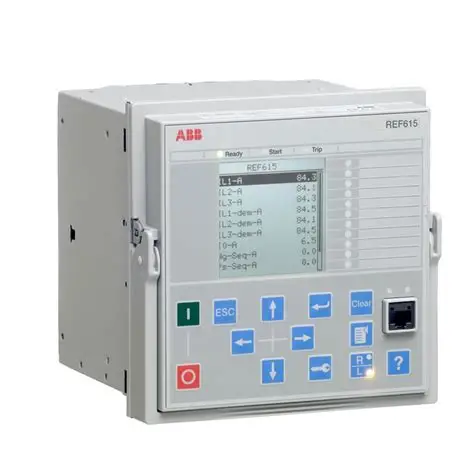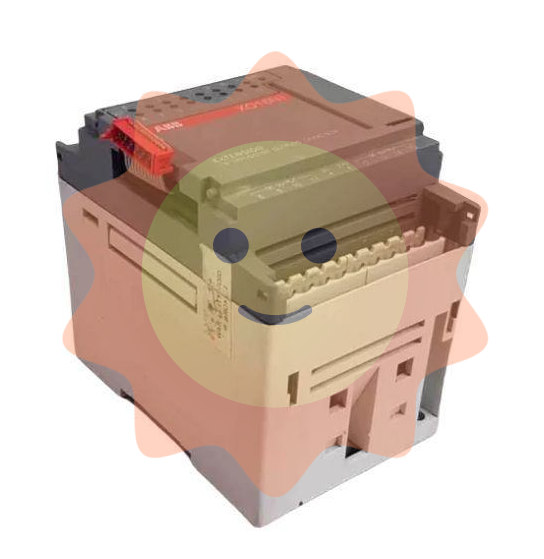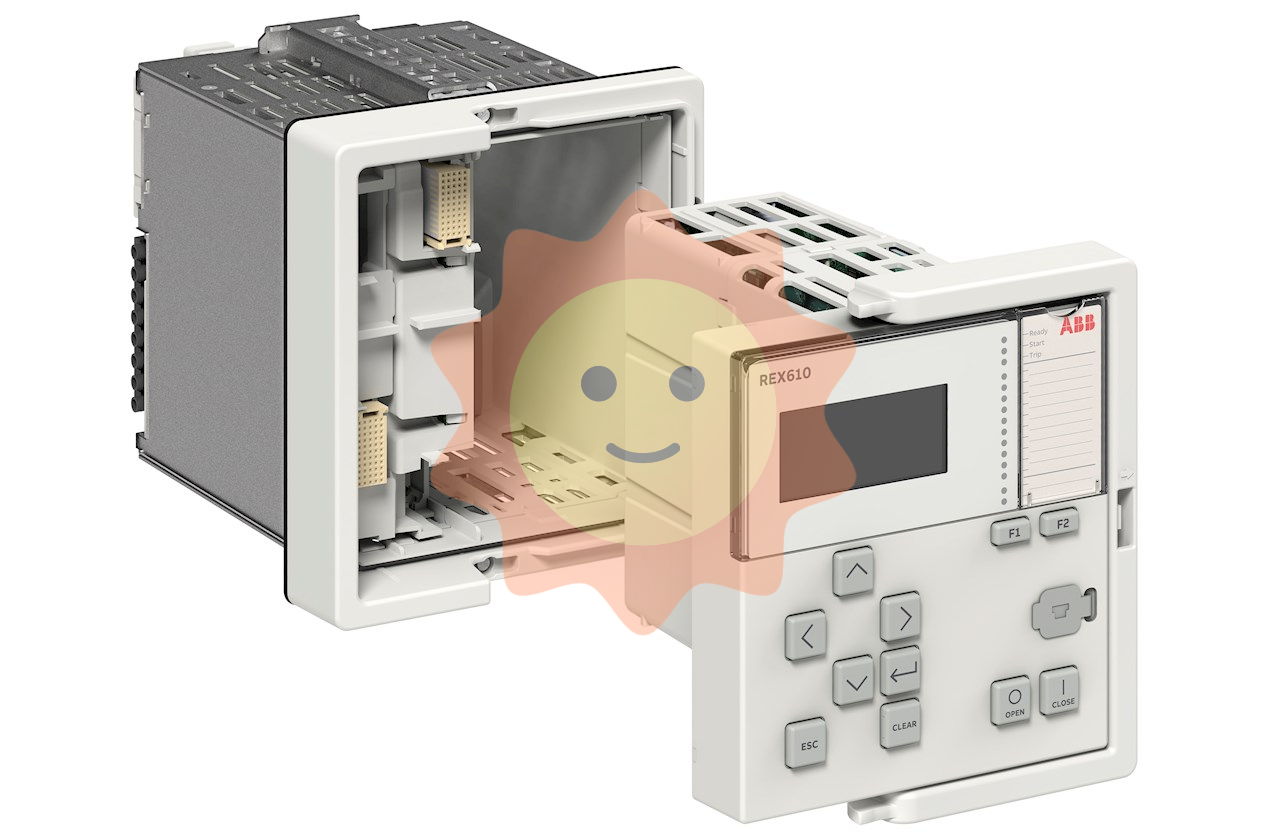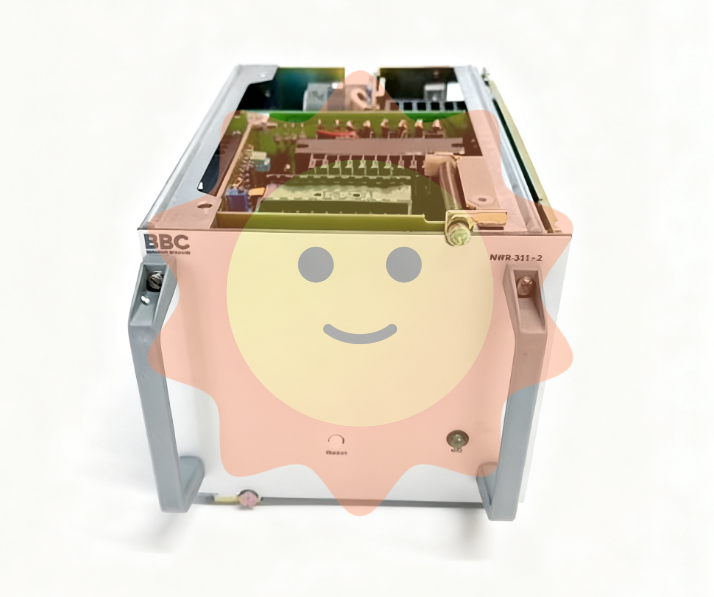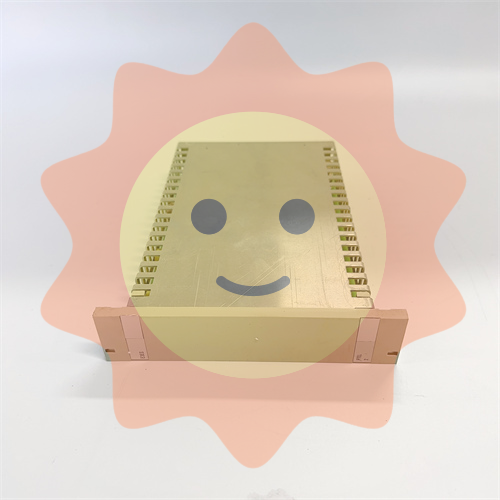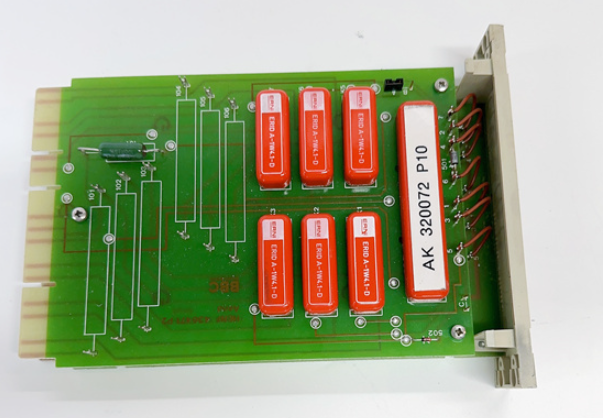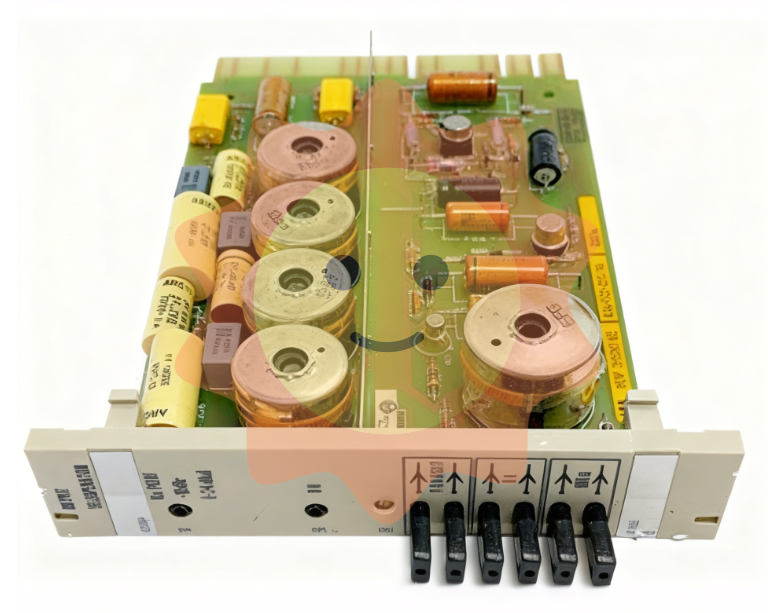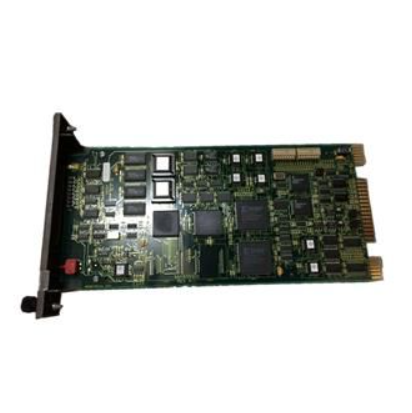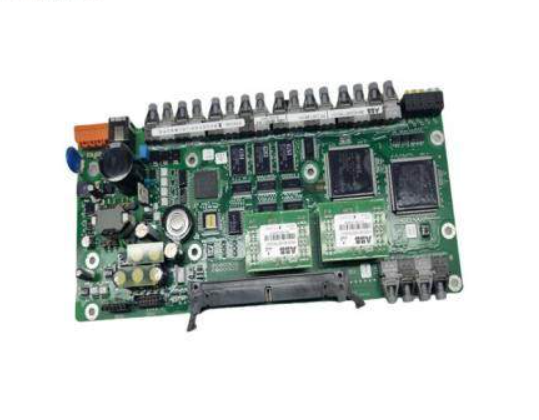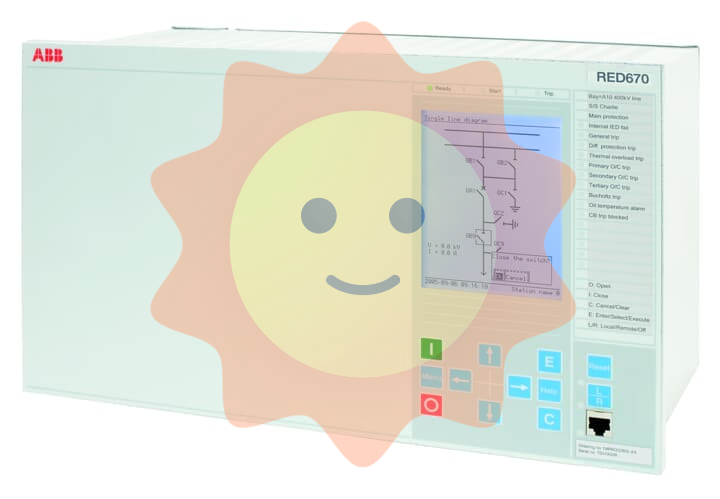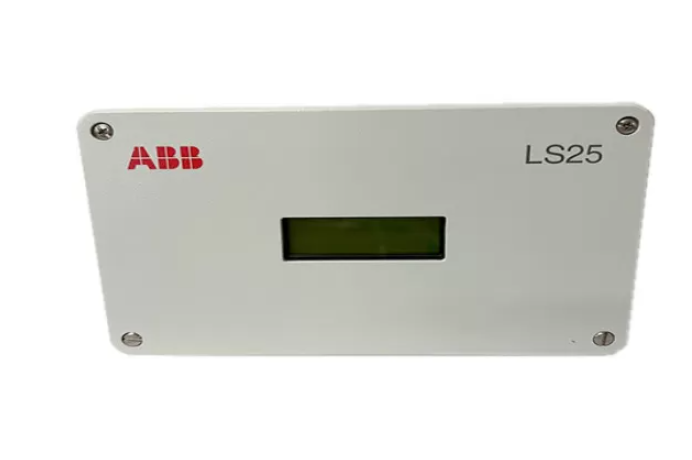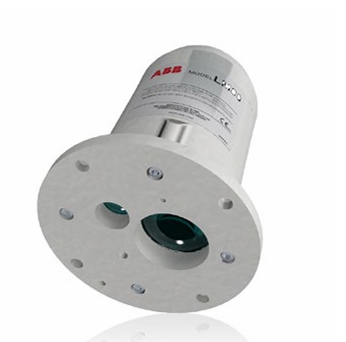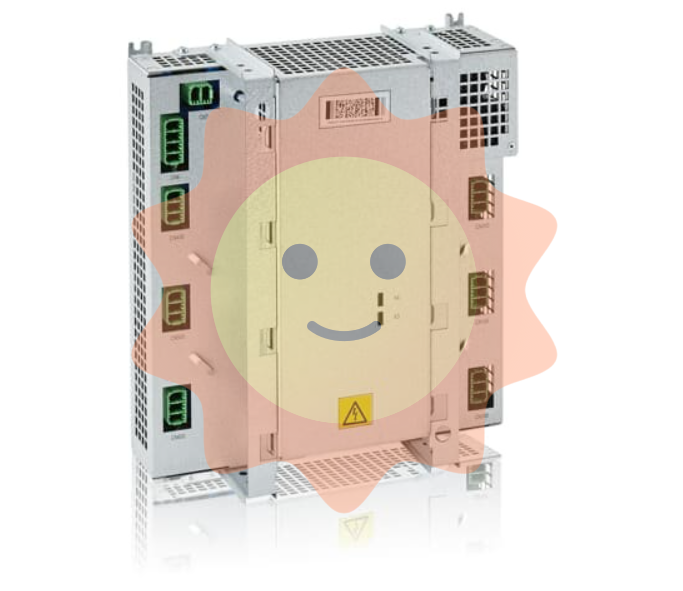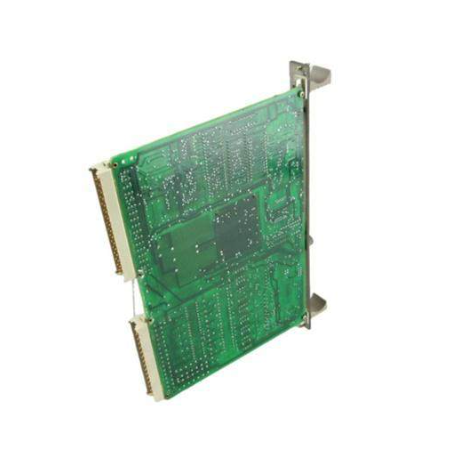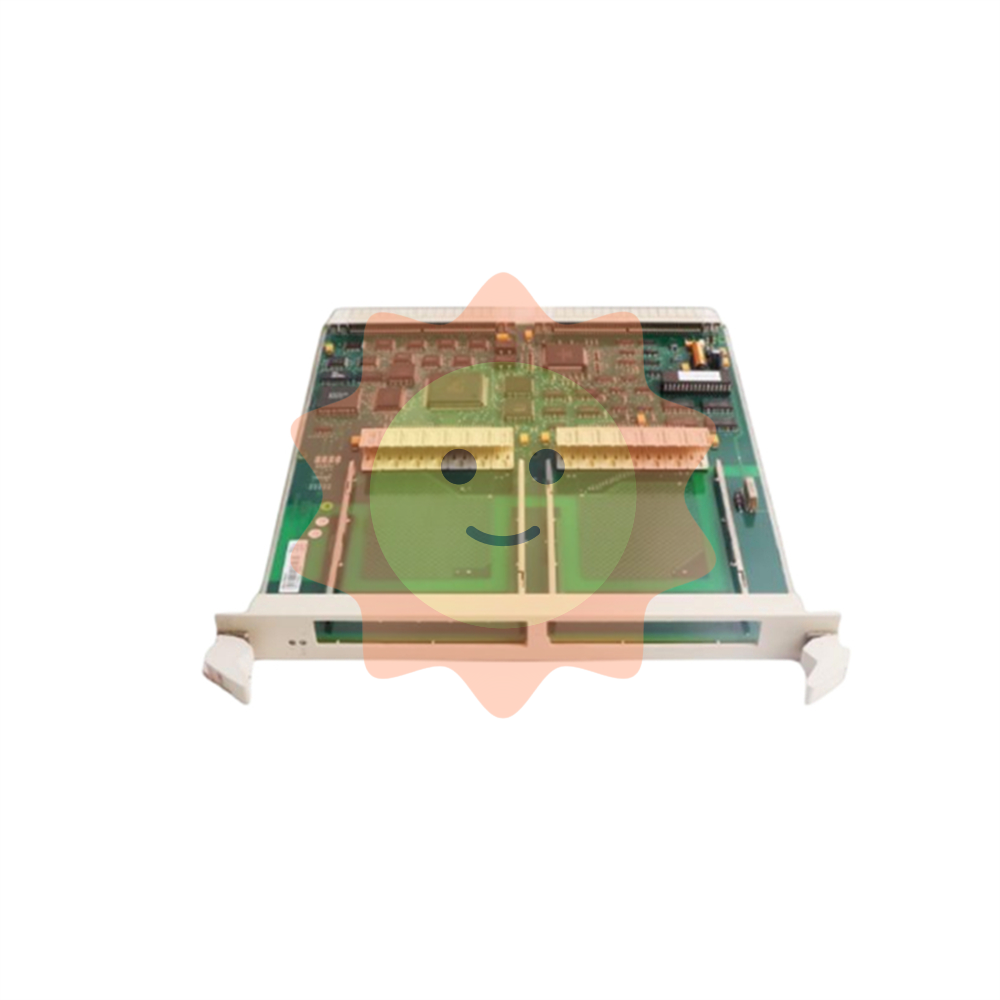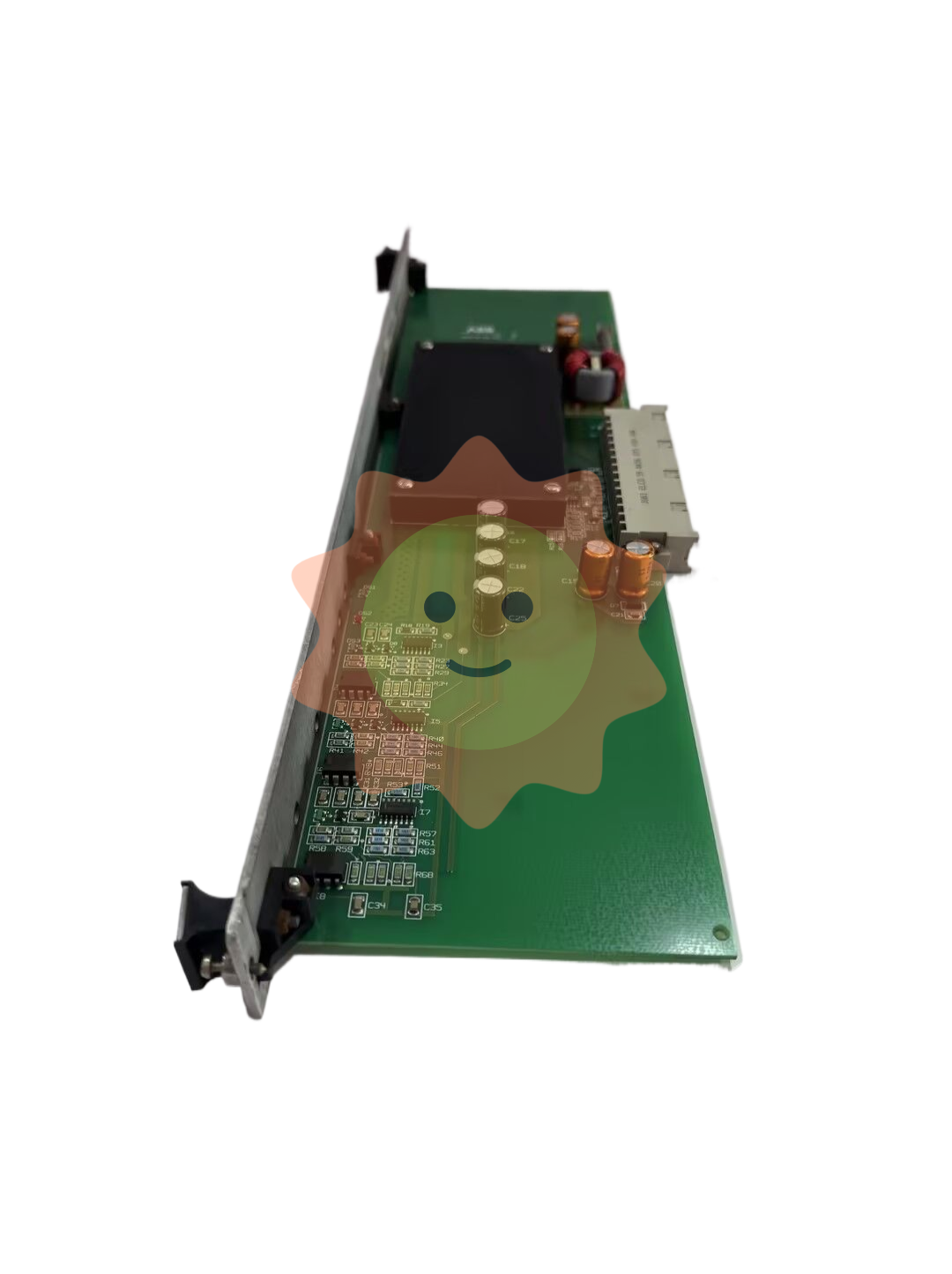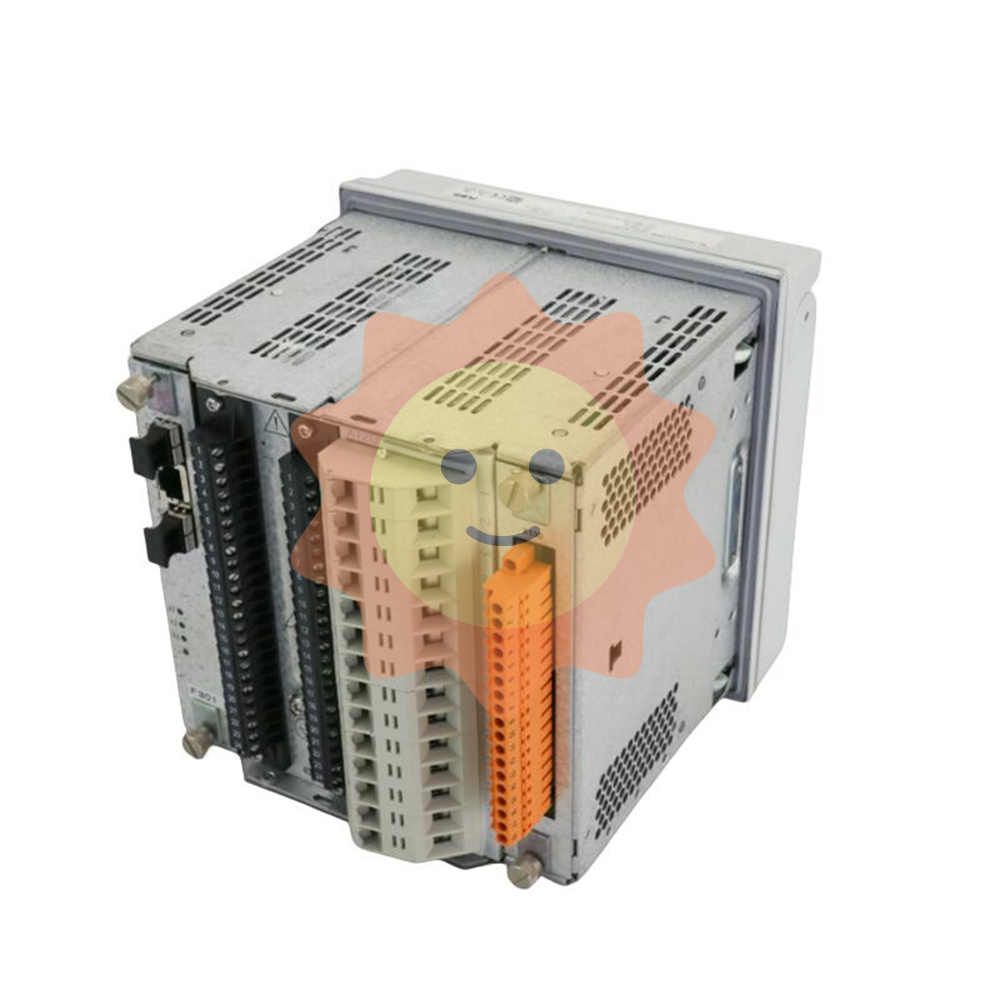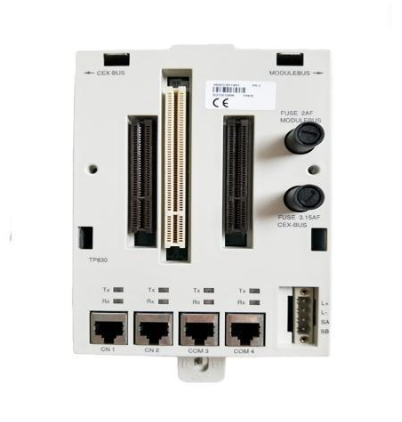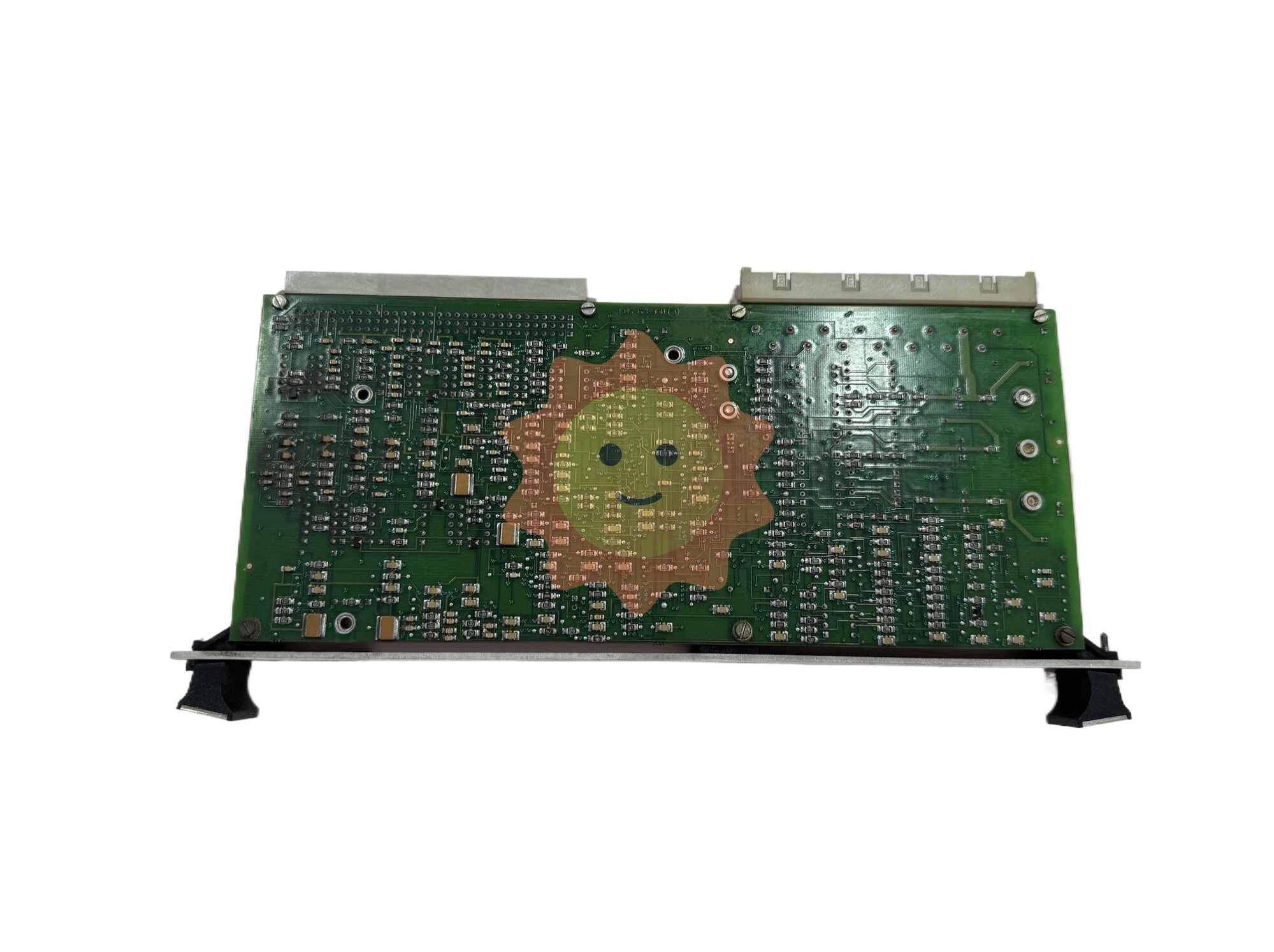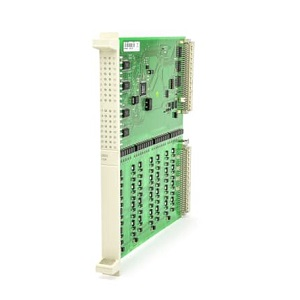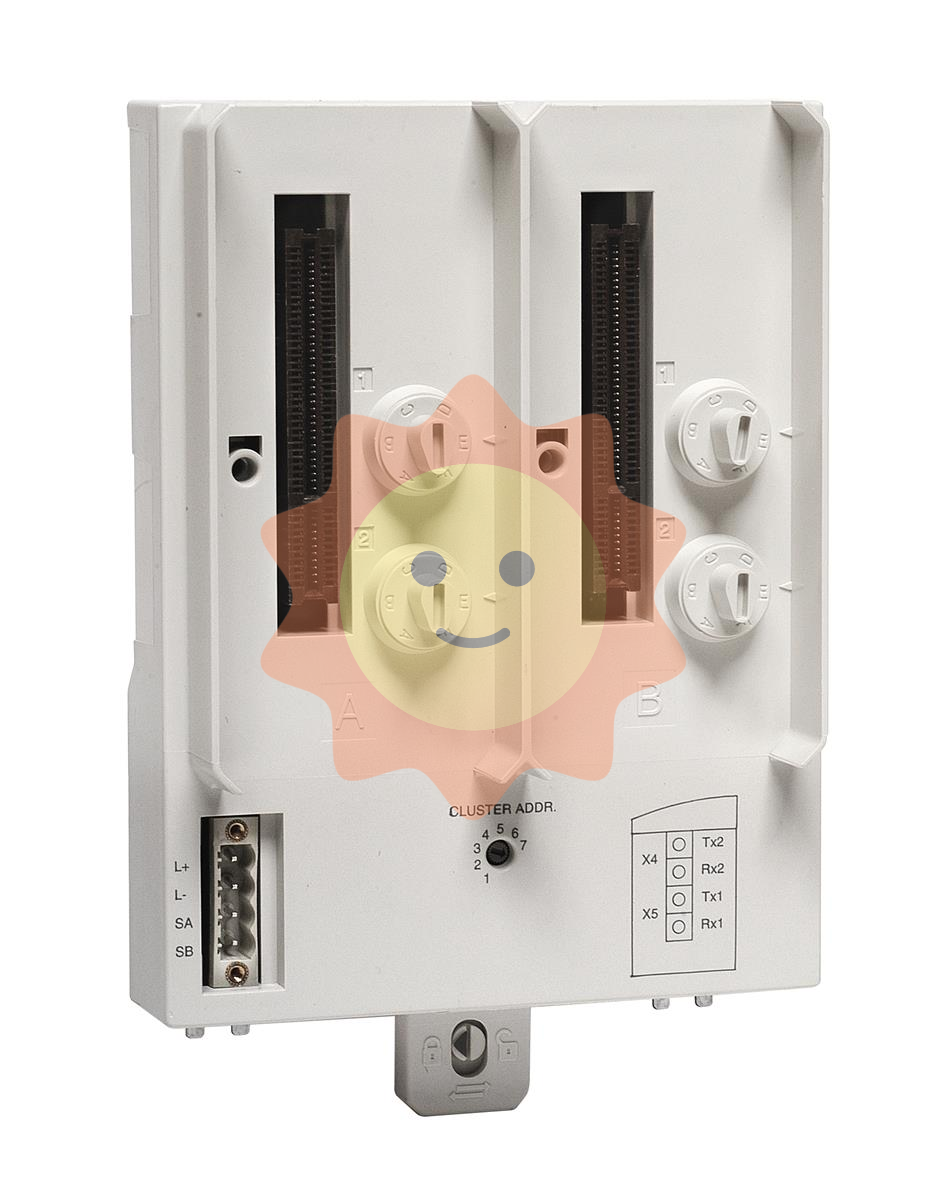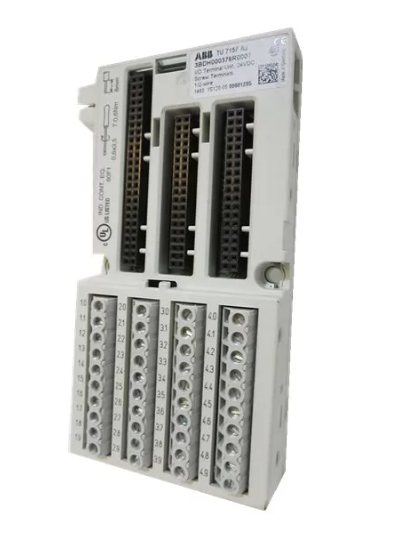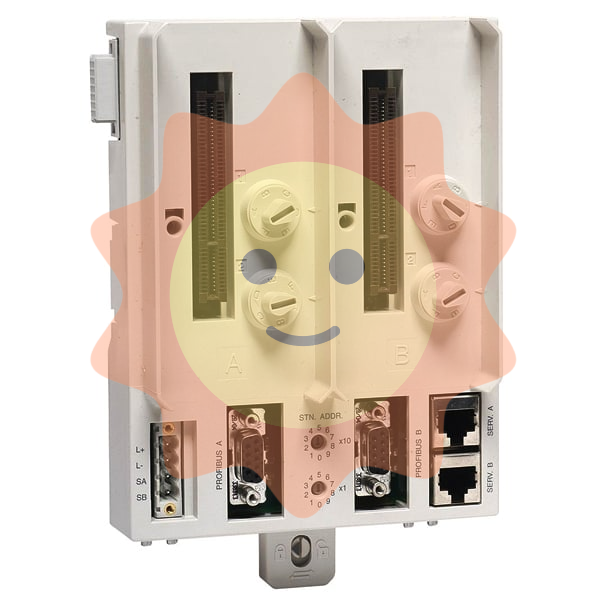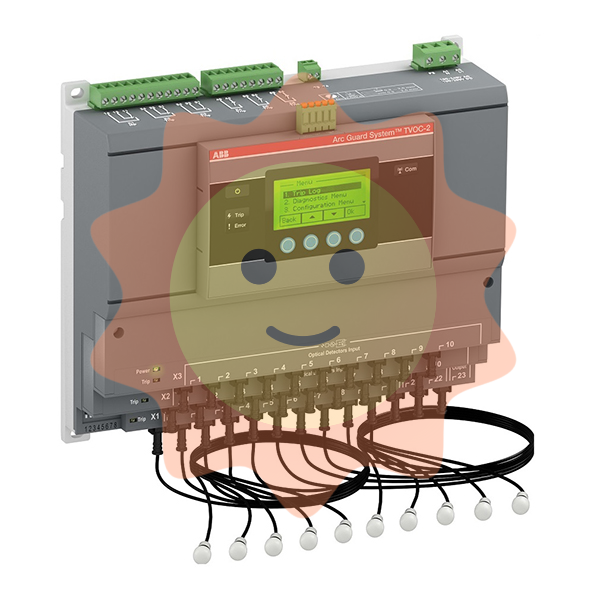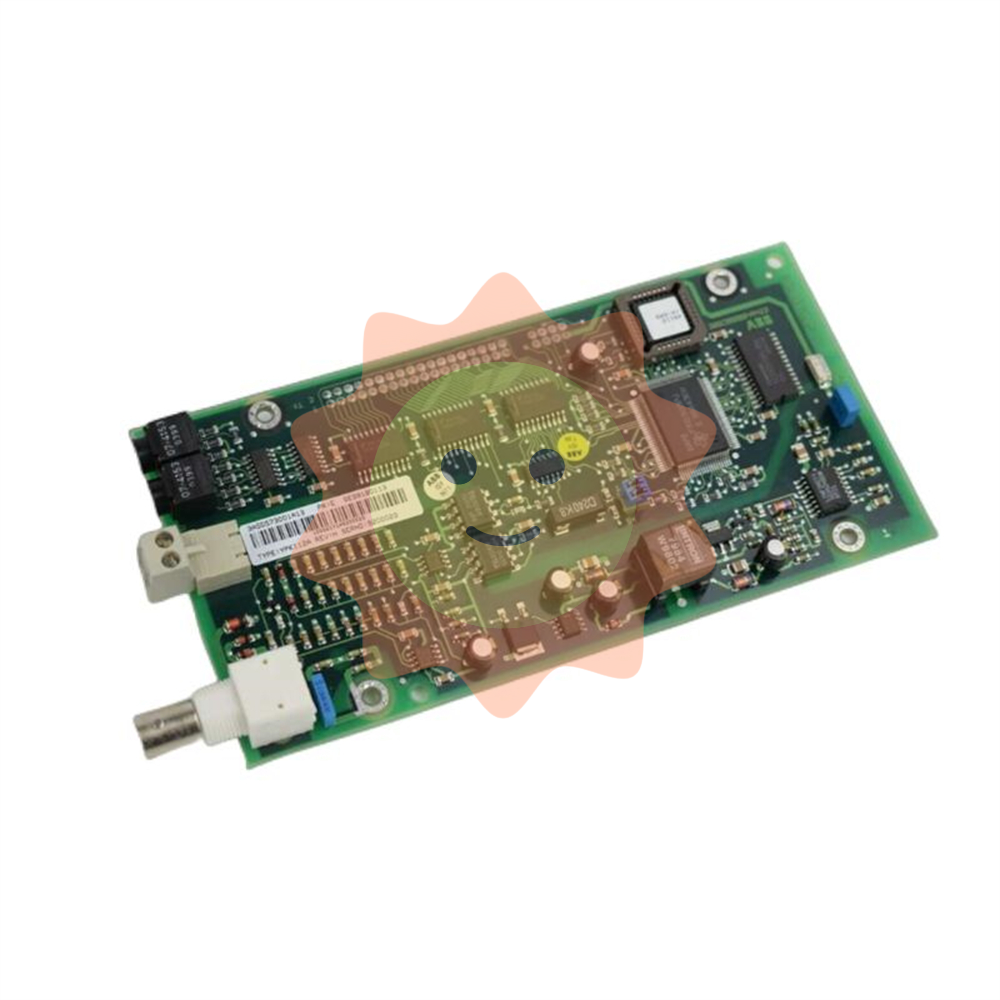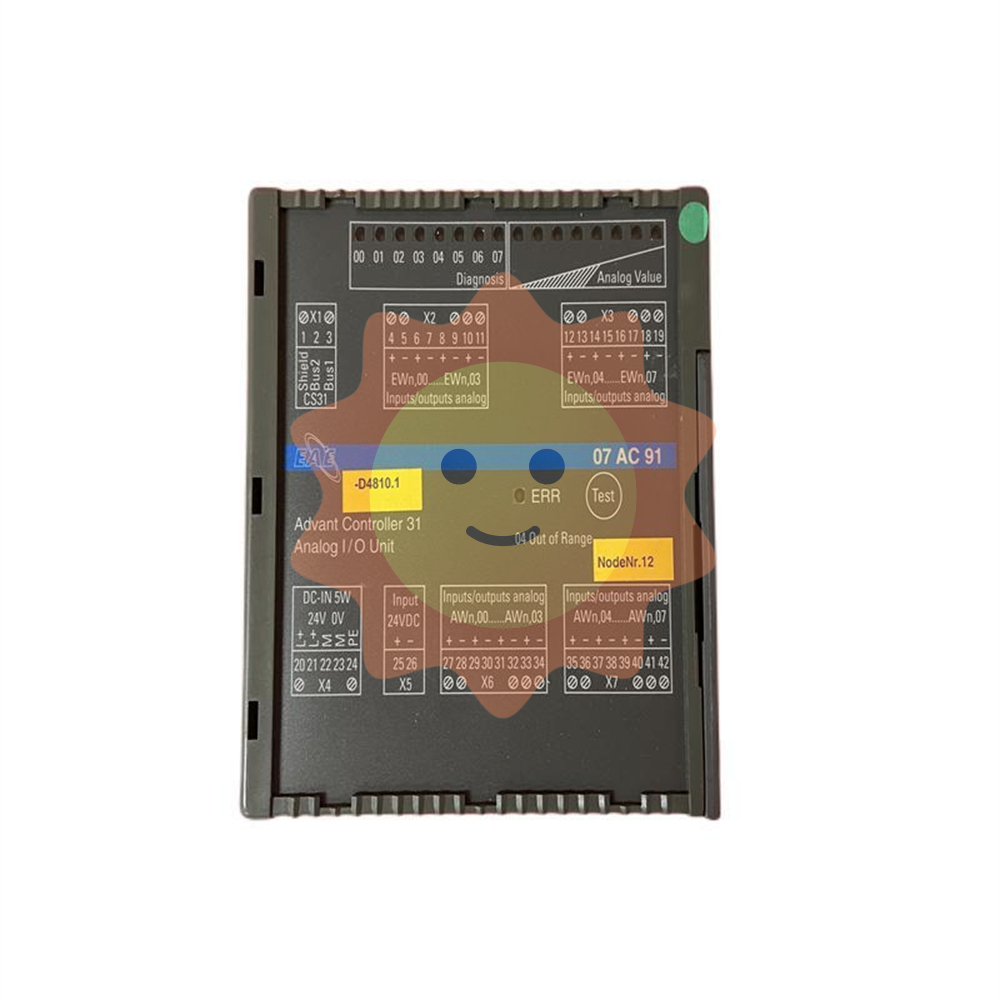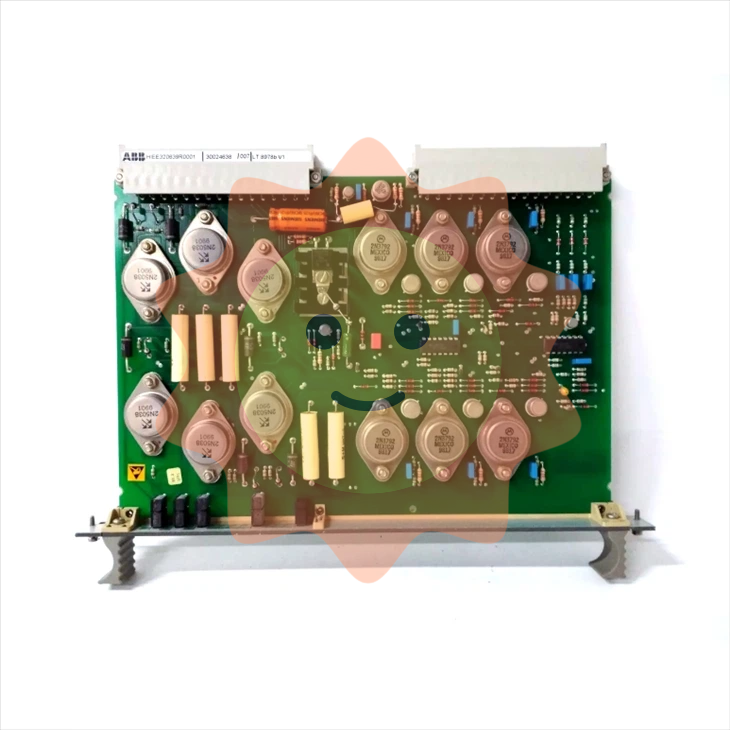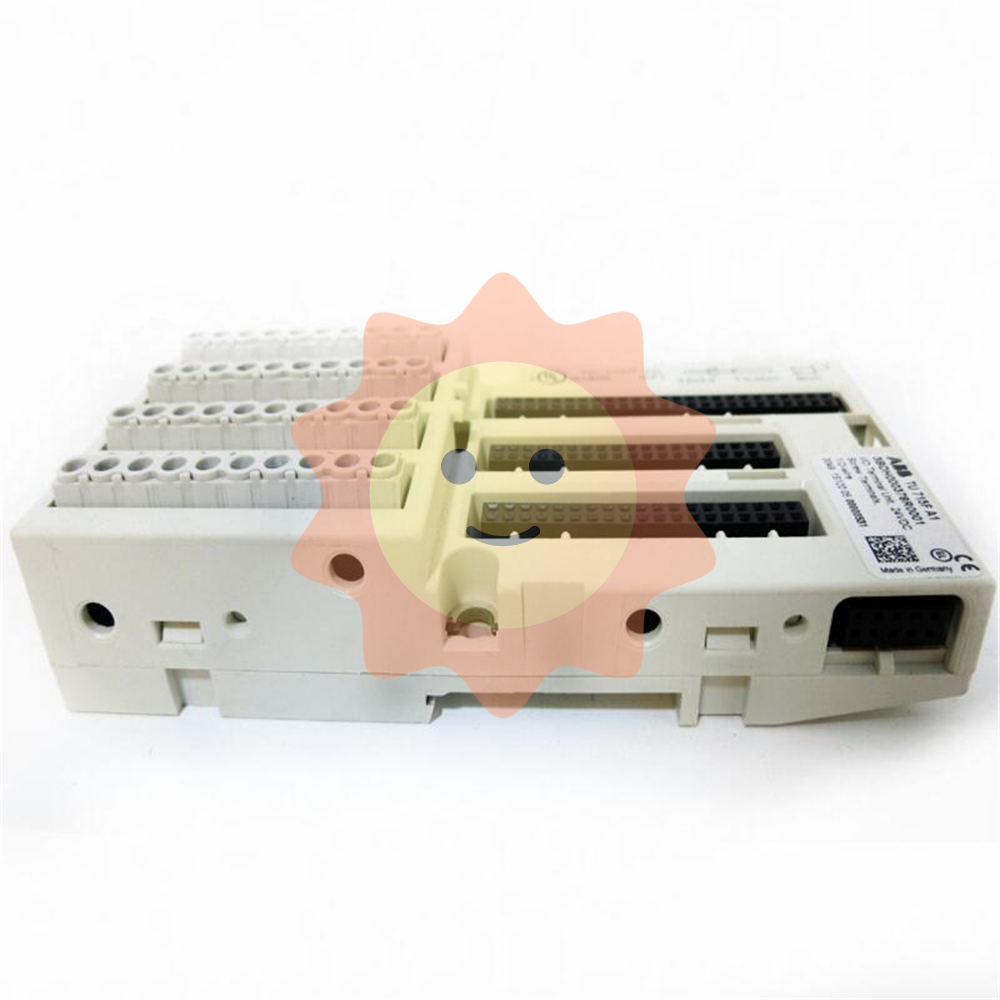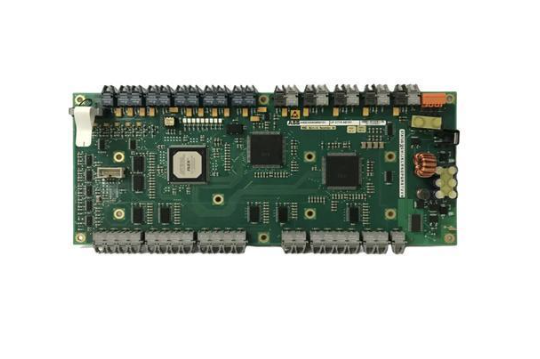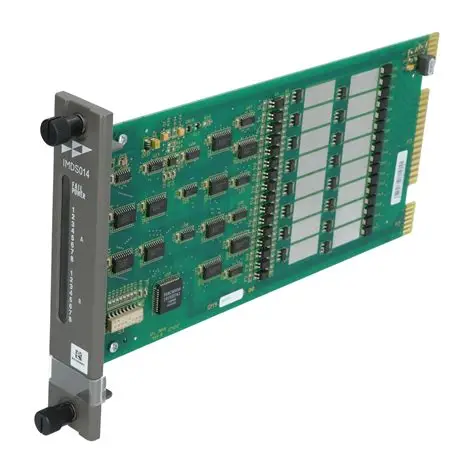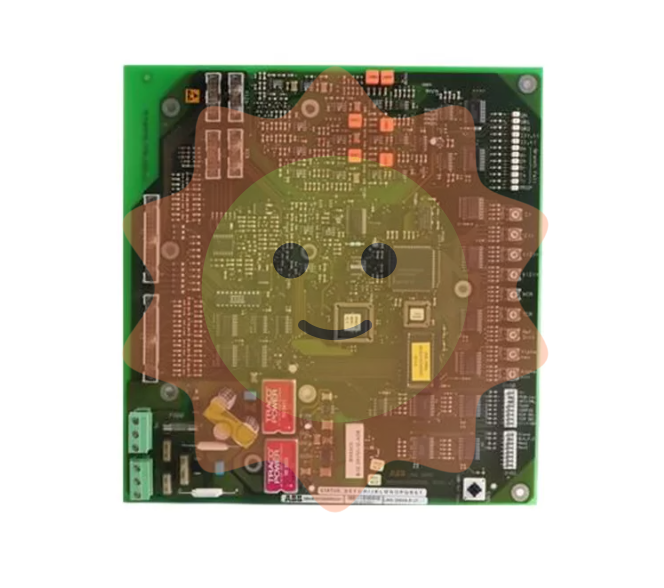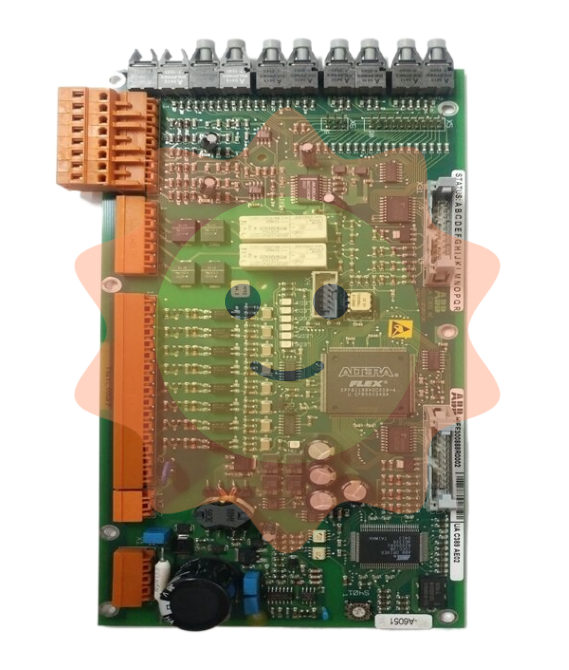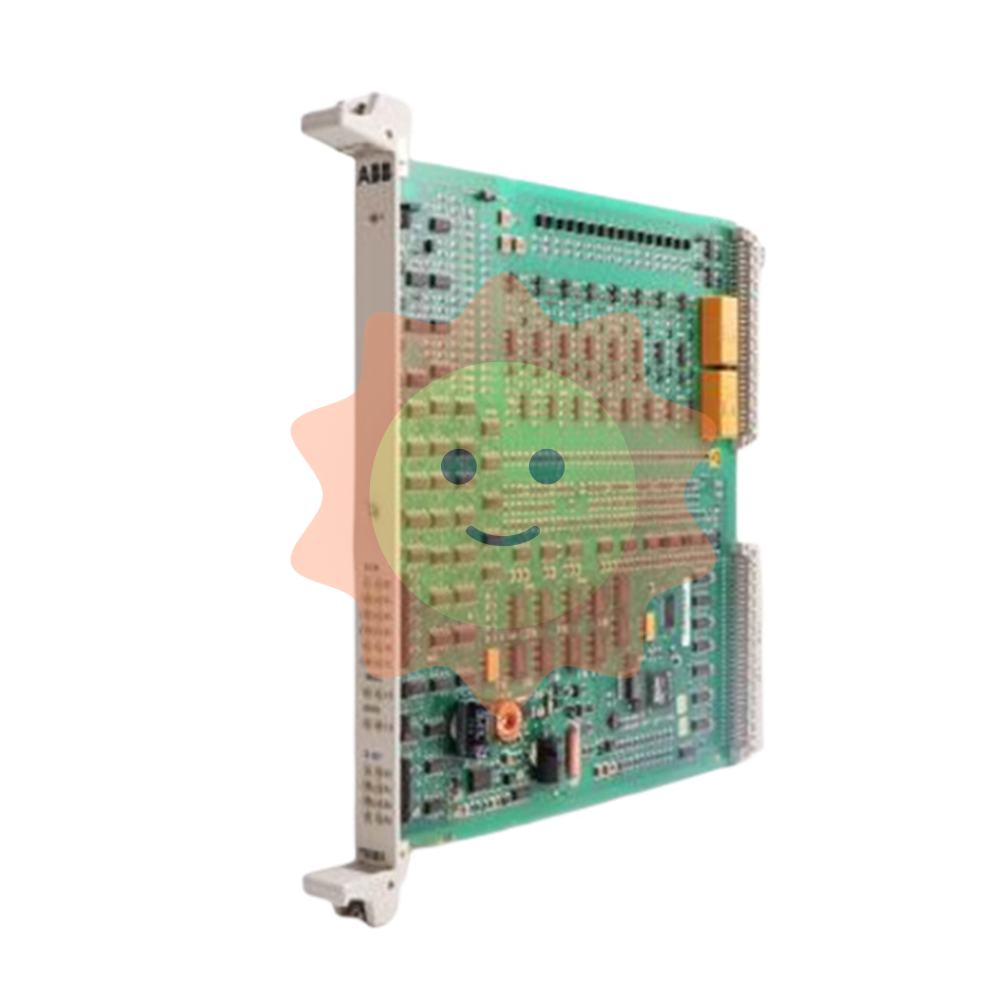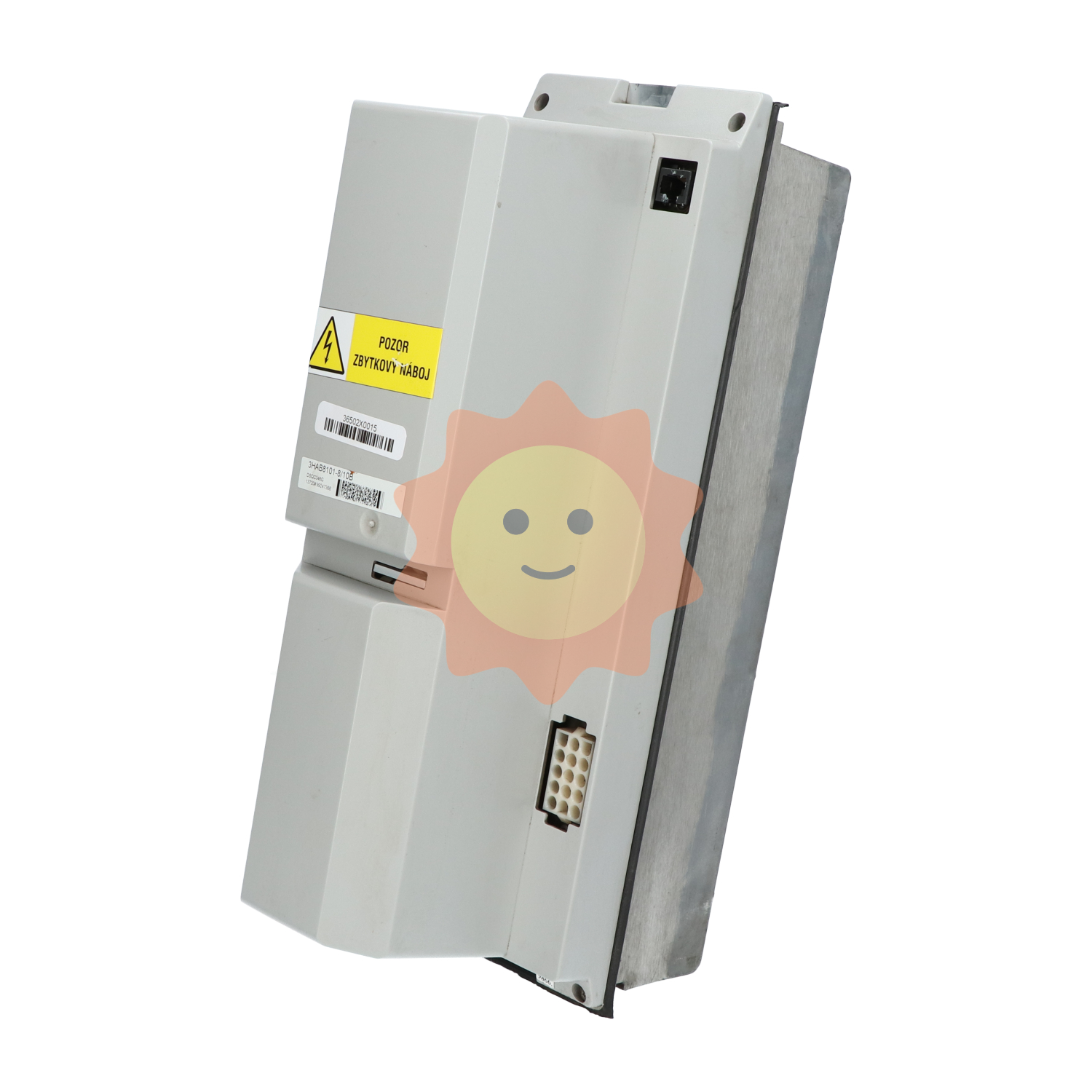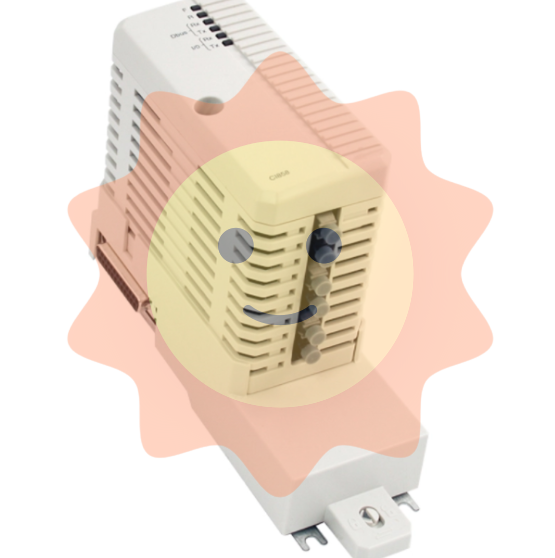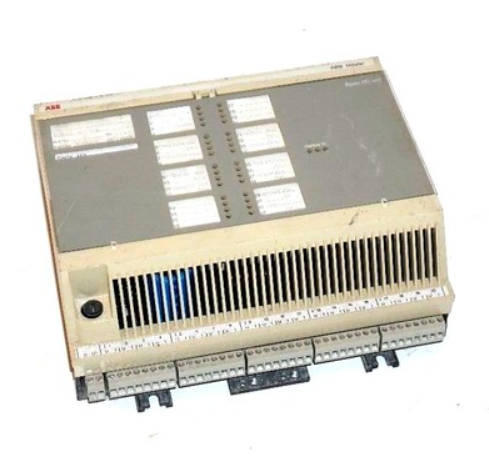Electricity security matters more than ever
Electricity is essential for the prosperity of our societies
It would be very hard to imagine our modern societies without a secure supply of electricity. While it only accounts for a fifth of primary energy use today, it is indispensable for the 24/7 and increasingly digital economy. Recent difficulties caused by the Covid-19 pandemic remind us of the critical importance of electricity in all aspects of our lives, such as keeping medical equipment working in hospitals and IT systems available for teleworking and video conferencing. The impacts of an extended outage go far beyond the power system or the value of the lost energy purchase itself.
Electricity’s share of final energy consumption is set to grow. Having increased from 15% in 2000 to 20% today, it is set to grow to 24% by 2040 if countries stay on their present course as in the Stated Policies Scenario of the IEA World Energy Outlook Efficient electrification of a range of energy uses could make electricity our most significant energy source. If countries turn towards a diverse, cost-effective mix in line with the Paris Agreement, as in the IEA Sustainable Development Scenario, the role of electricity becomes even stronger, reaching 31% of final energy consumption by 2040. While the share of electricity in final consumption is less than half that of oil today, it overtakes oil by 2040 in the Sustainable Development Scenario.

The growing share of electricity in final energy demand itself does not fully capture its importance. Electricity has critical linkages with other parts of the energy sector, particularly the oil and gas industry, and underpins the basic activities of the residential, commercial and industrial sectors. As electricity drives increased shares of heating, cooling, transport and many digital sectors of communication, finance, healthcare and others, so the need for adequate electricity security measures escalates.
The electricity system has to cope with a wide range of threats, old and new
Electricity security is often referred to using the term “security of supply” or the more literal phrase of “keeping the lights on”. The ultimate goal is to provide electricity to consumers reliably and at reasonable cost. Many threats exist to meeting this objective, ranging from equipment failure and fuel supply shortages, to operational planning failure, human error and deliberate attack. The IEA applies the following definition:
Electricity security is the electricity system’s capability to ensure uninterrupted availability of electricity by withstanding and recovering from disturbances and contingencies.

Electricity security brings together all actions taken – technical, economic and political – to maximise the degree of security in the context of the energy transition, cyber events and climate impacts, both short and long term.
The themes covered in this report are rarely addressed through the same lens. From a detailed technical perspective, issues such as market design, system stability, cybersecurity or physical resilience may be addressed as separate disciplines. For policy makers they cover similar questions, including how reliability is defined as a measurable objective, which organisations carry which responsibility, and how appropriate incentives are given to the sector to ensure adequacy with a diverse generation mix and adequate transmission and distribution networks.
These themes also become ever more relevant because of related underlying trends. Electricity is expected to take an increasing share of total final energy consumption in the coming decades as we couple electricity with heating, transport and other sectors as part of our drive to decarbonisation. Especially in emerging economies, an enormous rise in demand is foreseen due to population and economic growth. All this puts electricity security higher than ever on the energy policy agenda.
Types of interruption to electricity supply
As electricity is a regulated good and most often designated as critical infrastructure, governments are generally held accountable for the reliability of power supply. Although the electricity system has always been designed and regulated with reliability and cost-effectiveness in mind, the first step to properly addressing risk is to understand the type, size and depth of different power interruptions. While all of them can have potentially deep economic and safety consequences, proper risk management requires a clear view of the stakes. For this purpose, it is essential to understand the type, causes and magnitude of damage caused by different types of power sector events:

Cascading blackouts/black system events occur when an initial outage causes the system to collapse from an increasing series of line overloads. These events affect all customers on the network, except those with back-up generation, during a period from hours to days before full restoration. Social damage is significant as a black system event affects many essential services, such as payment systems, telecommunications and traffic lights. These events are mostly due to equipment failure and simultaneous contingencies, and are very rarely related to lack of installed generation capacity. The Hokkaido blackout in 2018, due to an earthquake, and the South Australian blackout in 2016, a mix of severe storms and flawed interconnection standards, are recent examples.
The potential indirect impacts of blackouts are also enormous and include: transport disruption (the unavailability of trains and charging stations for electric vehicles), food safety issues (risk to the cold chain), problems related to public order (crime and riots), and loss of economic activity. This can lead to health and safety problems as well as substantial financial losses. In extreme cases where power outages relate to extreme natural events, loss of electricity supply exacerbates other recovery challenges, making restoration of the power system one of the earliest priorities.
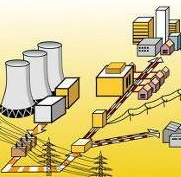
Load shedding is the deliberate disconnection of electrical power in one part or parts of a power system. It is a preventive measure taken by system operators to maintain system balance when supply is currently or expected to be short of the amount needed to serve load plus reserves, after exhausting other options like calling on demand response, emergency supplies and imports. These are short-duration events lasting from minutes to a few hours where small amounts of energy are rationed to segments of consumers (1% to 2% of the unserved energy during a cascading blackout), while allowing loads that provide essential services to continue to be served. They are, from a consumer point of view, indistinguishable from other interruptions on the distribution grid. The anticipated, controlled and limited use of this extreme measure should be seen as an instrument to maintain security of supply.
Most current reliability standards target a level of supply that would expect a small amount of acceptable load shedding as a way to balance security of supply and economic considerations. For example, the Alberta system operator in Canada has needed to apply this type of interruption in three events between 2006 and 2013, with a total duration of 5.9 hours and an amount of energy well below the regulatory (reliability) standard. Even if load shedding results only in small amounts of energy not being served, it completely cuts power supply to certain groups of customers, creating an array of inconveniences. To share the damage and minimise the inconvenience, the power cuts are often “rolled”, switching from one customer block to the next. In the near future, digitalisation should allow power systems to phase out this small but drastic and inefficient way of rationing energy. This would cut energy only to non-essential appliances or storage-enabled devices, and maintain it for other uses where interruption would create more inconvenience, such as lifts.
Long rationing periods of electricity occur when system operators and governments have to limit power supplies on a planned basis because of large deficits of electricity supply to meet demand. This is possibly the most harmful type of power sector event that a society can face. Some long-duration rationing events have meant rationing as much of 4% to 10% of annual electricity consumption, creating large social and macroeconomic impacts. They include the one in Brazil in 2001 due to drought and an unsuitable investment framework. The large supply shock in Japan following the Great East Japan Earthquake also belongs to this category, when the government responded with a nationwide electricity conservation campaign that forced industry to make massive electricity demand shifts.
Many emerging economies such as Iraq and South Africa see their economic and social welfare severely impacted by recurrent periods of electricity rationing that can last many months. Although developed economies have solved this type of event due to sound investment frameworks, it remains a challenge for many developing economies. Nonetheless, developed economies should not take for this dimension for granted; investment frameworks need to be updated and resilient to new trends.
- EMERSON
- Honeywell
- CTI
- Rolls-Royce
- General Electric
- Woodward
- Yaskawa
- xYCOM
- Motorola
- Siemens
- Rockwell
- ABB
- B&R
- HIMA
- Construction site
- electricity
- Automobile market
- PLC
- DCS
- Motor drivers
- VSD
- Implications
- cement
- CO2
- CEM
- methane
- Artificial intelligence
- Titanic
- Solar energy
- Hydrogen fuel cell
- Hydrogen and fuel cells
- Hydrogen and oxygen fuel cells
- tyre
- Chemical fiber
- dynamo
- corpuscle
- Pulp and paper
- printing
- fossil
- FANUC
- Food and beverage
- Life science
- Sewage treatment
- Personal care
- electricity
- boats
- infrastructure
- Automobile industry
- metallurgy
- Nuclear power generation
- Geothermal power generation
- Water and wastewater
- Infrastructure construction
- Mine hazard
- steel
- papermaking
- Natural gas industry
- Infrastructure construction
- Power and energy
- Rubber and plastic
- Renewable energy
- pharmacy
- mining
- Plastic industry
- Schneider
- Kongsberg
- NI
- Wind energy
- International petroleum
- International new energy network
- gas
- WATLOW
- ProSoft
- SEW
- wind
- ADVANCED
- Reliance
- YOKOGAWA
- TRICONEX
- FOXBORO
- METSO
- MAN
- Advantest
- ADVANCED
- ALSTOM
- Control Wave
- AB
- AMAT
- STUDER
- KONGSBERG
- MOTOROLA
- DANAHER MOTION
- Bently
- Galil
- EATON
- MOLEX
- Triconex
- DEIF
- B&W
- ZYGO
- Aerotech
- DANFOSS
- KOLLMORGEN
- Beijer
- Endress+Hauser
- MOOG
- KB
- Moxa
- Rexroth


Email:wang@kongjiangauto.com

